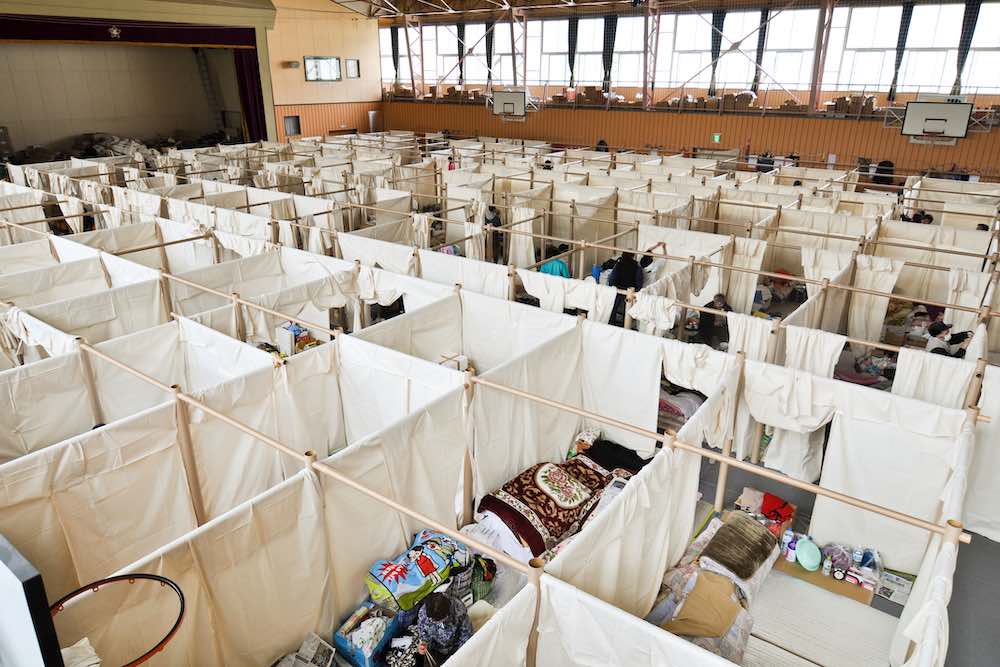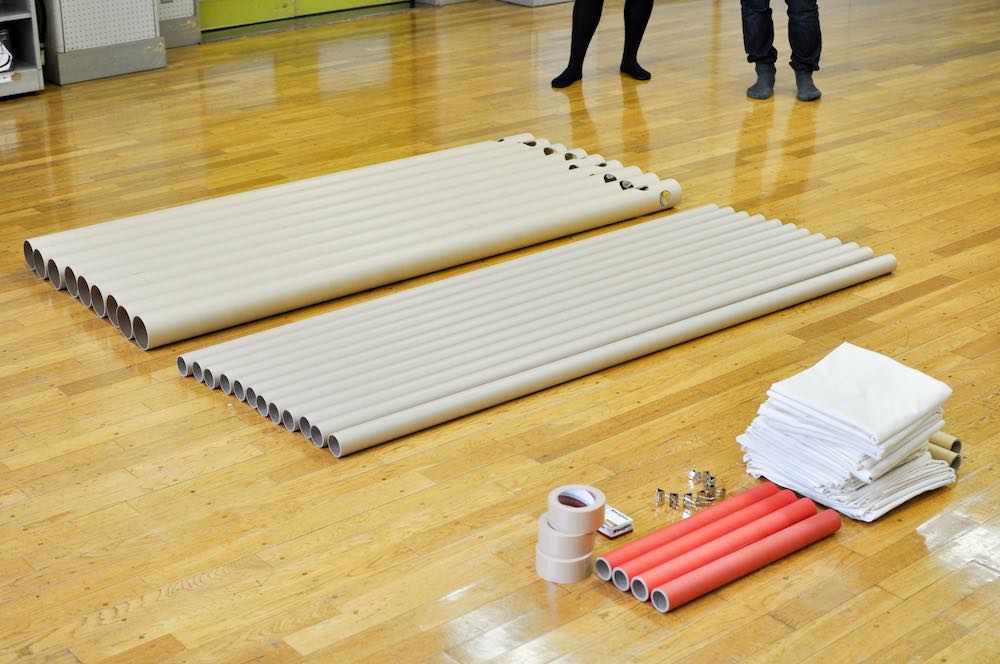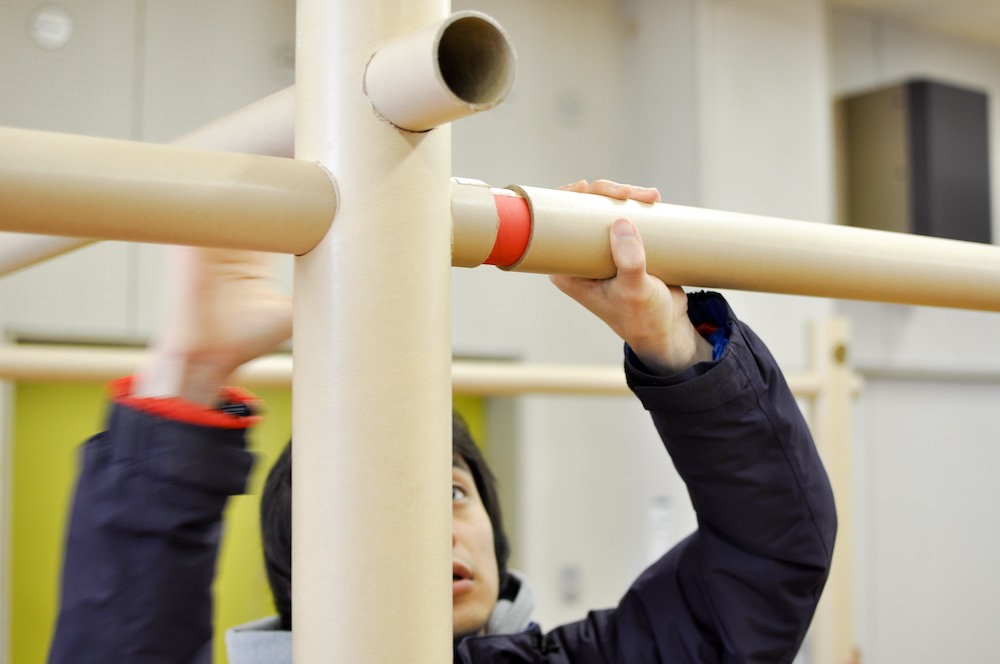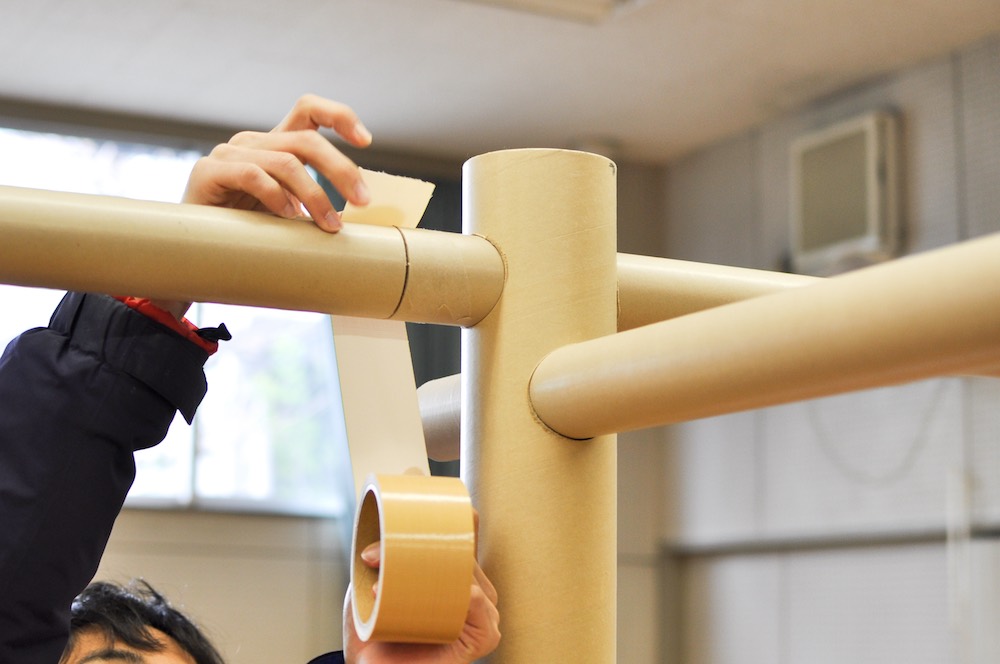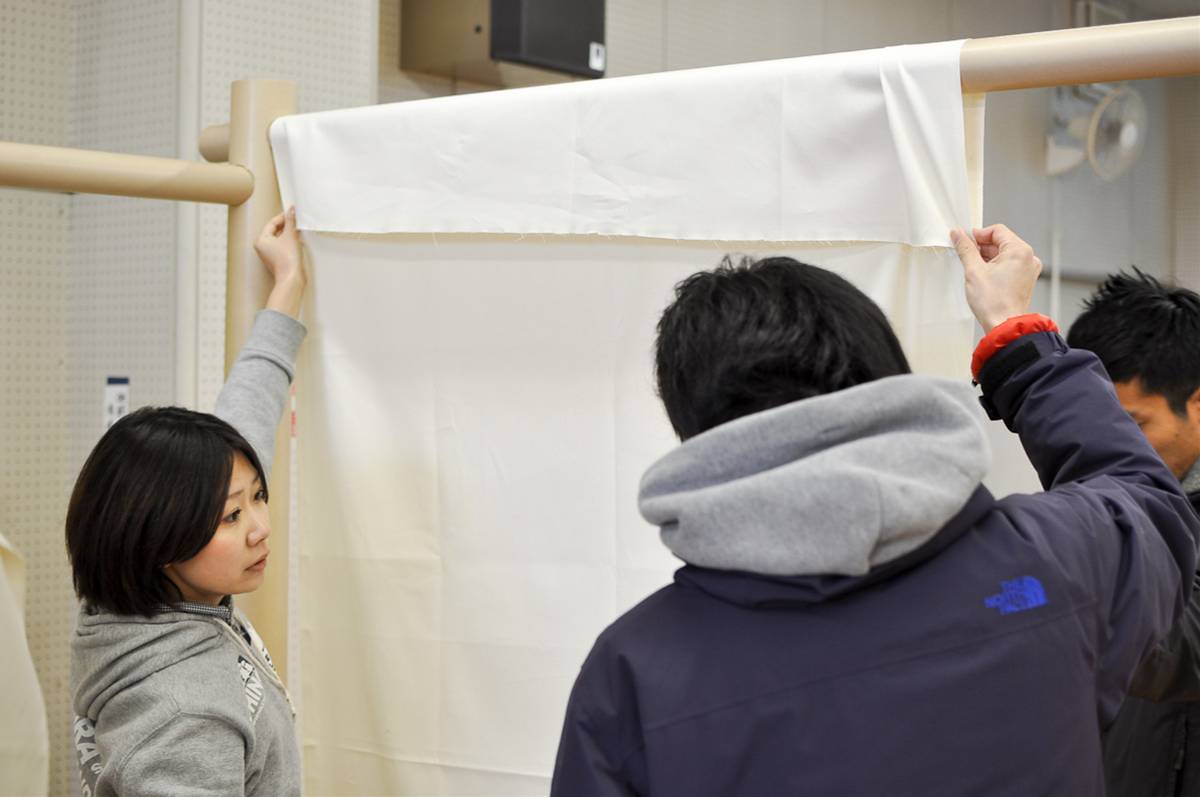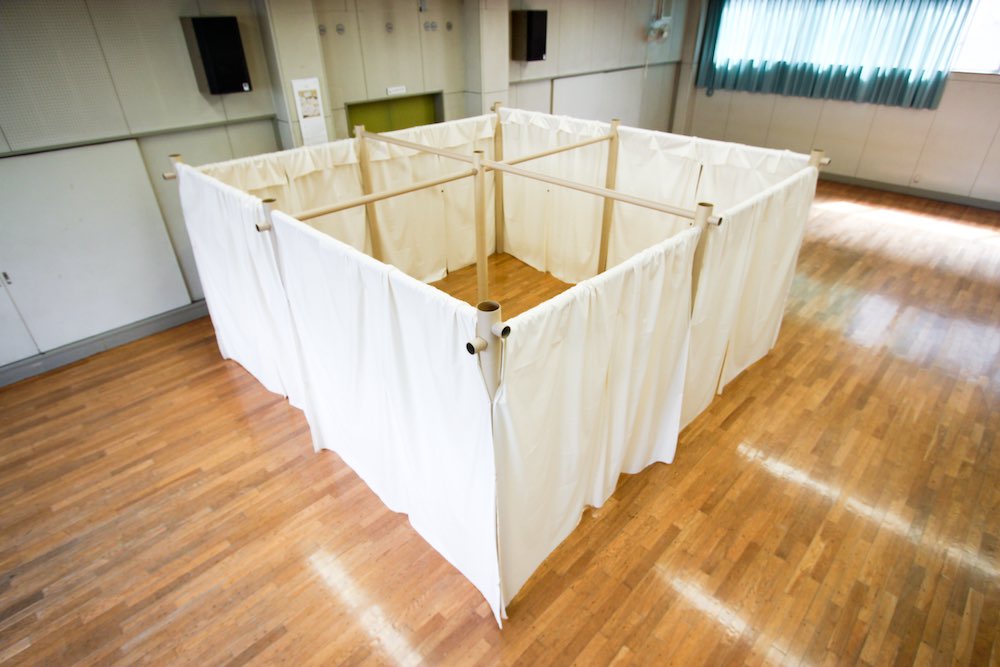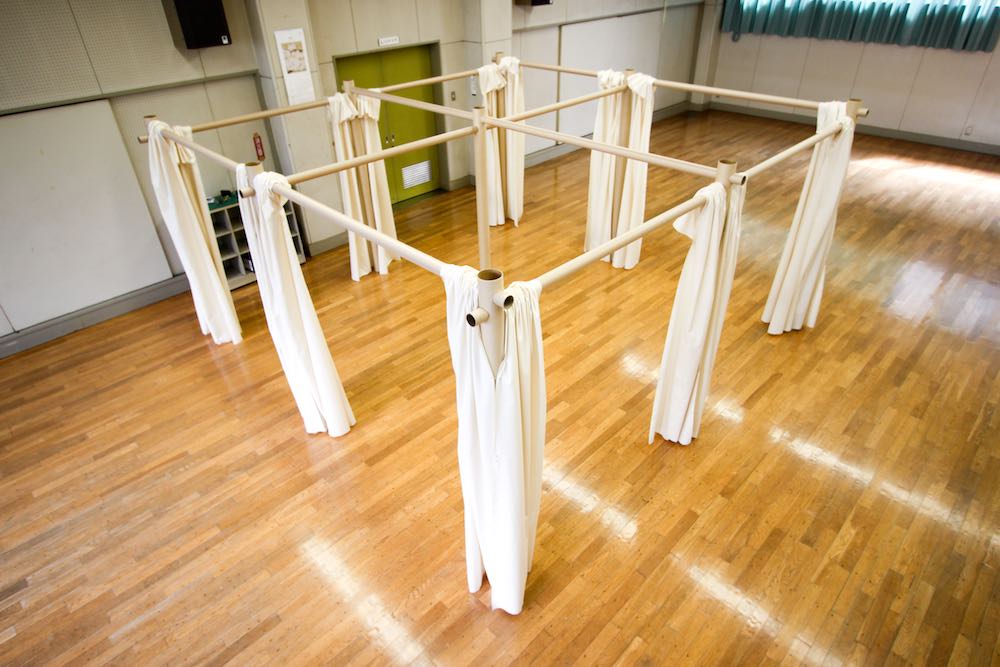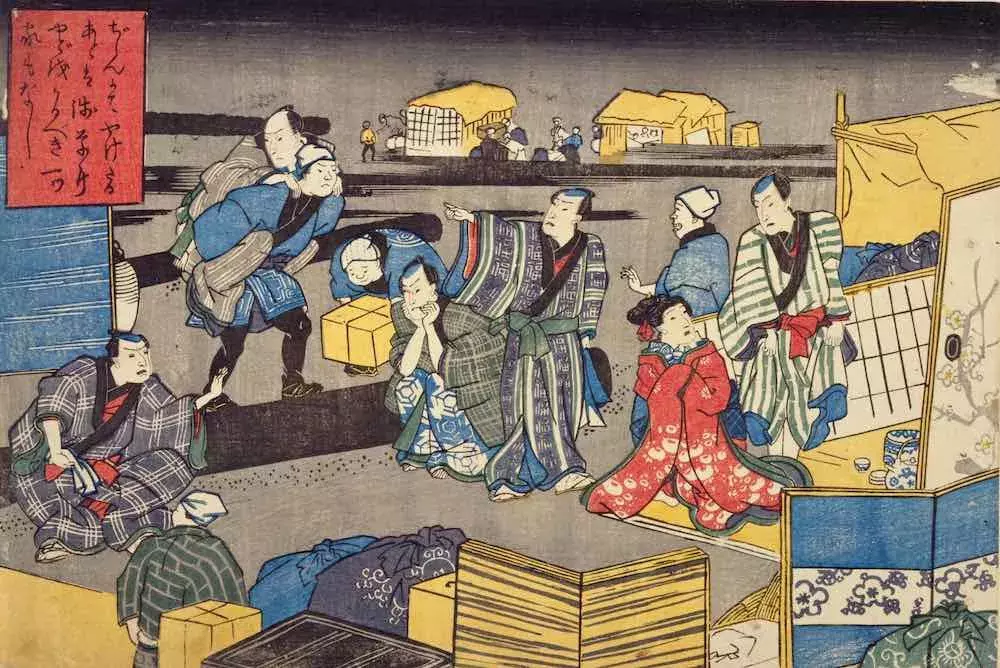
Due to its unique geography, Japan has long faced a variety of environmental risks, from earthquakes to tsunamis to volcanoes. One extreme example was 2011’s Great East Japan Earthquake (also called the Tohoku Earthquake), a massive undersea earthquake and resulting tsunami in which some 15,000 people lost their lives and almost a half a million people were displaced from their homes. But the response to this tragic event showcased some of Japan’s long-standing emphasis on disaster preparedness and resilience, such as the quick mobilization of temporary shelters and other innovations. As the whole planet now confronts extreme weather and other impacts of the climate crisis, many countries are now looking to Japan for inspiration on how to better “design with disaster” (the title and theme of JAPAN HOUSE Los Angeles’ new exhibition). From the “macro” level of the built environment – the focus of the “Designing with Disaster” exhibition – to the “micro” scale of personal supplies, here are a few ways that Japan’s designers are meeting the risks of a changing world.
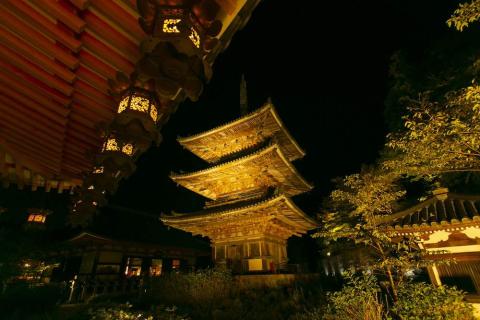
Photo credit: Japan National Tourism Organization
For over a millennium, Japan’s traditional architecture has been built to withstand disaster, particularly earthquakes, using primarily wood, which is a flexible and resilient material. Structures have also been conceived using strategic design concepts. For example, instead of nails or stone masonry, Japanese buildings were typically assembled with complex wooden joinery that was able to shift and flex but not break (to learn more about traditional Japanese architecture, read a beginner’s guide here). In Japanese Buddhist temple complexes, multi-story ancient pagodas that house sacred relics have survived countless earthquakes because of the shinbashira, a central column around which the different stories can slide back and forth, absorbing stress in the event of an earthquake or the powerful gales of a typhoon.
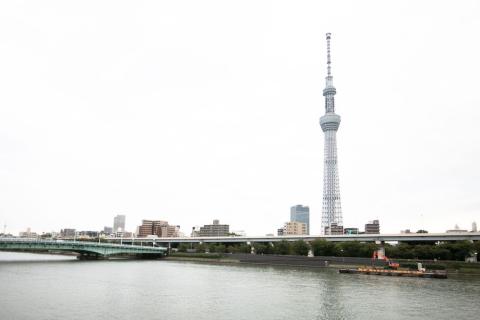
Photo credit: Japan National Tourism Organization
Starting in the post-WWII period, as Japanese cities began to build upwards, modernized solutions based on these same principles of energy absorption were required for tall buildings, and especially skyscrapers. Architects and city planners widely adopted into their designs for many structures the concept of the “tuned mass damper” (or “added mass control mechanism”), which is essentially a massive weight suspended within a building to help absorb seismic shocks or even vibrations of heavy typhoon winds. Famously, TOKYO SKYTREE tower (the world’s third-tallest freestanding structure) has two such pendulums (installed by Mitsubishi Heavy Industries) that ensure the building can absorb such vibrations – even if it sways a little bit.
However, even with such risk-conscious design, damage from a nature-instigated disaster can still occur, and communities may even need to be evacuated from their residences. One of the world’s visionaries for emergency housing designs is Japanese architect Shigeru Ban, who won the Pritzker Prize in 2014 for his innovative approach to shelters, schools, and even churches made from rolled cardboard, shipping containers, and other lightweight and modular materials (to learn more about Shigeru Ban and other Japanese architecture luminaries, read an introduction here). Ban has brought his designs to disaster zones around the world, including the aftermath of the Great East Japan Earthquake, where he developed the “Paper Partition 4” system to help sub-divide large shelters like gymnasiums so that individuals and families could find privacy and rest in such a traumatic time.
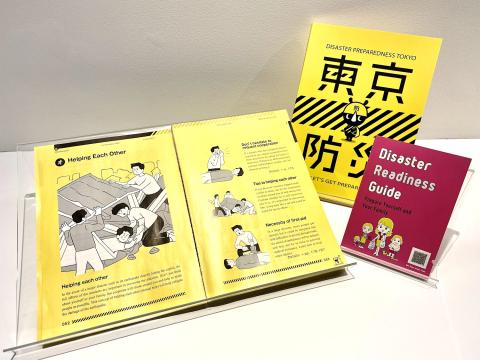
While risk-mitigation and resilience in the built environment is crucial, just as important can be the “micro” interventions and preparations – in which designers are also playing a key role. Many Japanese cities invest heavily in awareness systems (such as an advance warning system of mobile phone alerts for possible earthquakes and tsunamis), as well as public education and training. For example, in 2016, the Tokyo Metropolitan Government created and distributed to all households the bright yellow booklet “Tokyo Bōsai” or “Disaster Preparedness Tokyo”, a comprehensive guide to earthquake and other disaster preparedness. Far from being a boring government document, it went viral on design blogs around the world for its eye-catching sleek design, effective manga storytelling, and even a cute rhino character as a mascot for being prepared (“Bōsai-kun”).
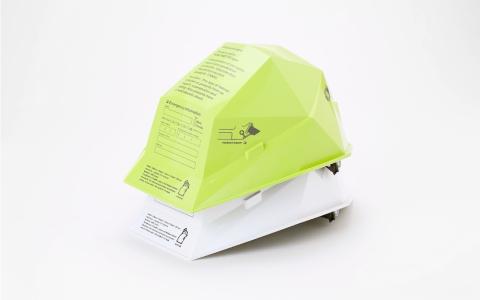
Photo credit: KAKUMET by groovisions
Japanese designers for fashion, homewares, and other everyday goods have also turned their talents to consumer products for disaster preparedness and relief – making prepping for the unexpected less intimidating, more family-friendly, and even stylish. A few examples are “Carry the Sun”, a solar-charging LED lamp that can be folded flat when not in use, Takazawa Rosoku’s candles made from the seed oil of Nanohana blossoms (that emit less smoke and scent, for use in power outages), groovisions’ hard-hats that are neon-colored (for high visibility) and stackable (to take up less space), and even Sugita Ace’s “minimLET”, a portable toilet kit that can be assembled anywhere using just a water bottle. The design studio BambooCut won awards for their elegantly-packaged umeboshi (Japanese pickled plum) that can be stored for up to three years – which at first might just seem like a special treat in hard times, but in fact was inspired by the fact that it helps with saliva secretion and could provide key nutrients like citric acid if food supplies are delayed.
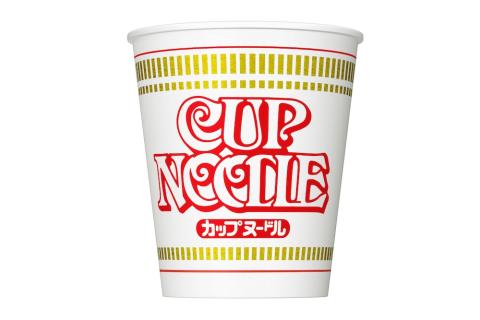
Photo credit: Nissin Cup Noodle
There’s also another culinary innovation that has been pivotal in disaster relief efforts all over the world – instant noodles. Instant noodle was invented in 1958, followed by “Cup Noodles,” in 1971. These iconic fast foods have been known for their delicious taste, safety, convenience, preservability, and affordability so are the ideal cupboard staple to keep on hand in times of emergency. Moreover, the World Instant Noodle Association (WINA) is an industry organization initiated by instant noodle company Nissin Food Products that helps distribute instant noodles to communities in the wake of disasters everywhere from the Philippines to the Ukraine, showing another way that Japan’s “designing with disaster” legacy has impacted the world.
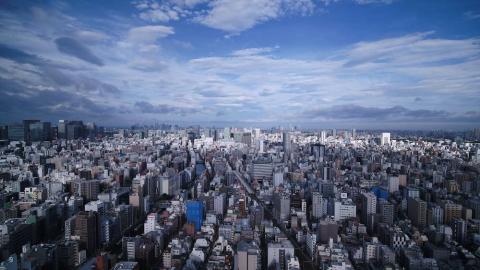
Photo credit: Japan National Tourism Organization
While it’s impossible to fully prevent disasters from ever occurring, adaptive and sustainable design can help with preparedness, mitigation, and response to a crisis. Whether on the large scale of a skyscraper, or the smallest scale of an emergency kit in the bedroom closet, Japan’s designers in particular have long been demonstrating to the world that creativity can elevate even the most functional necessities, and in fact, lead to new breakthroughs for safety and resilience.


